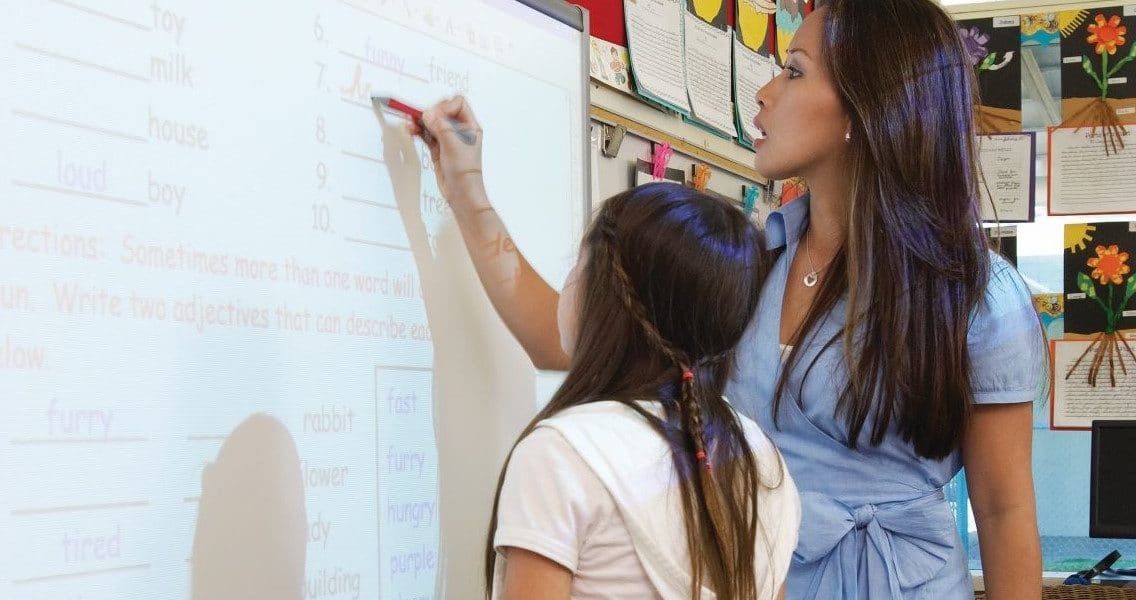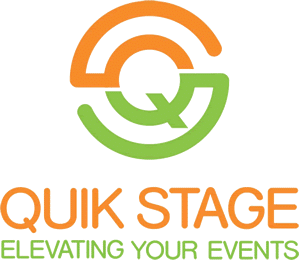By Jenny Fulton
Many schools now have a way for teachers to connect their computers to a projector. Some even have SMART boards, Kindles, and personalized student computers. If you have access to any of these, or are able to schedule class time in a computer lab, here are ways you can use this technology to enhance your lessons and two ways computers can assist you beyond them.
Lesson Organization
Computers help you better organize and present your information. Typing up your notes in Microsoft Word or Google Docs, or creating a PowerPoint presentation, helps you focus less on how you’re going to teach and more on what you’re going to cover.
During class, you can project those notes onto a big screen to give students an indication of where the lesson is going. If you do have a tendency to take rabbit trails, or if your class is especially proficient at finding them, it’s easy to refocus and redirect when the lesson content is neatly organized on screen.
Having the notes projected onto a big screen also helps you focus on the overall content instead of getting lost in the minutiae. Rather than taking the time to write everything up on the board with a marker while you’re giving the lesson (and simultaneously having to worry about your handwriting and spelling), you can instead focus on expounding the content.
Visual Aids
I’m a very visual learner, so when I teach, I like to use as many visual aids as I can. If I’m teaching about weather, for example, I want to not only talk about the subject but also show my students relevant pictures so they can better understand the topic.
Fortunately, the Internet provides more opportunities than ever to find relevant images so you can give students a concrete context for the subject. Pre-selected images can also be projected or shown on individual computers to reinforce the lesson while you talk. At the very least, you can print pictures off of a personal computer and show them to the class.
Videos
A short, entertaining, instructional video is a great way to get students excited about learning. Some of my favorite sites for this are Brainpop, National Geographic Kids, and National Geographic on YouTube (especially the 101 videos like Tornadoes 101). Your students are also bound to love the Crash Course series with Hank Green; you can use these videos to quickly introduce a subject, supplement your own lessons, or review the material before an exam.
Class Reading
I used to teach as a substitute in one classroom in which there was a Kindle library that the teachers shared and used in their English classes. The students could adjust the size of the text and follow along as their classmates took turns reading. Besides using Kindles, you can also project the assigned text onto a big screen or use personal computers to direct the students to sites like Learning A-Z, which has leveled e-books and guided lessons.
Board Work with a SMART Board
With this technology, you can easily project your computer screen onto the board while still retaining the functionality of a traditional classroom whiteboard. This means that you can display any pictures, notes, or practice work from your computer and then write all over them as you discuss different elements of the lesson. Students love coming up and writing on this board, too; this makes practice work for subjects like math, grammar, and languages especially fun.
If you don’t have access to a SMART board but do have access to a computer and projector, you can achieve similar results by simply projecting the image from your computer onto a whiteboard.
Presentations
When it comes to presentations, computers provide a fun variety of ways for students to share their knowledge. PowerPoint is definitely a favorite that can be used with all ages. Students can write a story, display graphs and pictures, and practice public speaking as they navigate through the slides in an oral presentation.
Prezi is another excellent online presentation resource for students; it gives them a bit more freedom and creativity in how they choose to present the information and transition between “slides.”
Students can also present what they’ve learned by using tools such as Microsoft Publisher to create bookmarks, brochures, posters, or postcards. There are even programs to guide students through the process of developing and designing their own websites.
And, of course, computers also enable students to type up high-quality reports, with the added benefit of helping them learn from editing features that check for spelling and grammar errors, as well as other writing mistakes.
When used properly, classroom technology makes learning more fun, engaging, and highly effective.
Jenny Fulton is a writer and educator who has taught in a wide variety of educational settings. This information is courtesy of Classcraft, whose mission is to make school more relevant and meaningful by creating playful and collaborative learning experiences that teach the whole child, www.classcraft.com.









